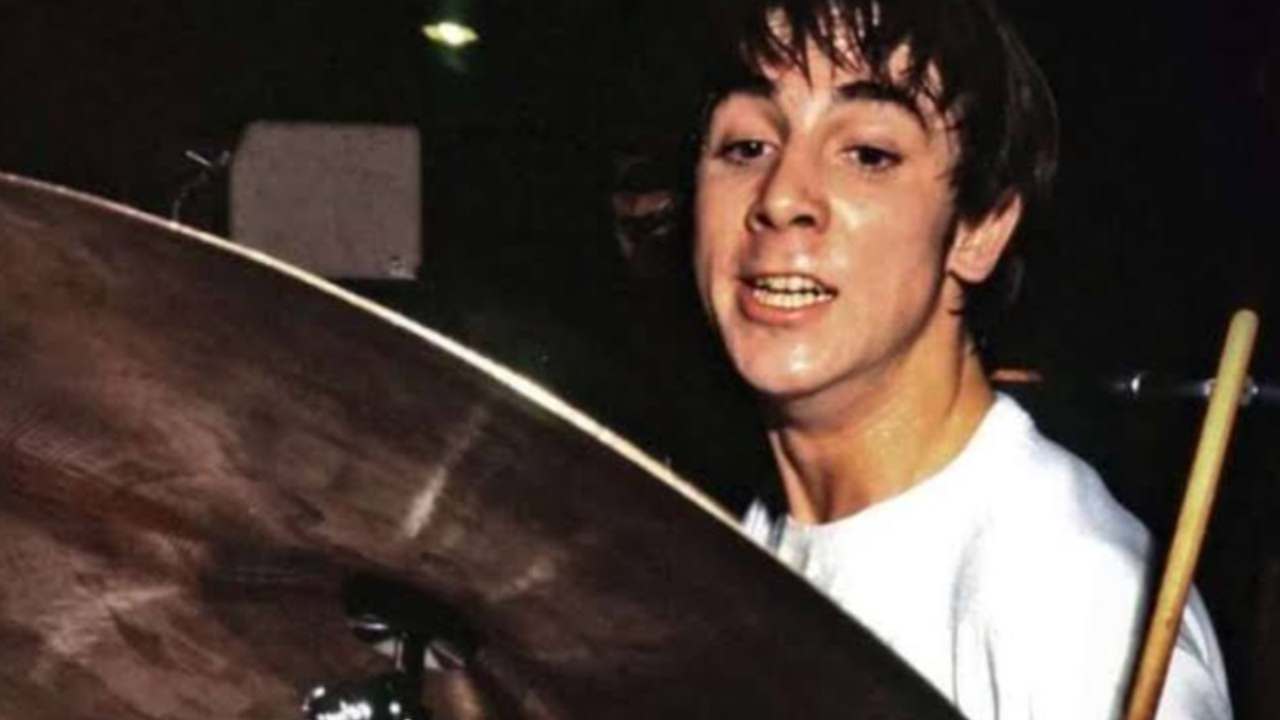Keith Moon of The Who was indeed a trailblazer in defining the image of the rock ‘n’ roll drummer. Before Moon, drummers typically had a more subdued role as the backbone of the rhythm section.
His energetic and unpredictable style, combined with his larger-than-life personality, transformed the drummer into a central figure of rock performances.
His wild antics, explosive performances, and charismatic presence on stage helped establish the archetype of the eccentric and flamboyant drummer, setting a new standard for future generations.
Keith Moon’s larger-than-life persona certainly overshadowed his musical accolades in the public eye. His notorious antics, like driving a Rolls Royce into a swimming pool, trashing hotel rooms, and setting off fireworks in his bass drum during performances, became almost as famous as his drumming skills.
These acts of excess and mischief cemented his reputation as a rock ‘n’ roll icon whose exploits were as memorable as his musical contributions.
Keith Moon’s struggle with substance abuse was indeed a significant factor in his life and career, ultimately leading to his untimely death in 1978.
As The Who faced a period of creative decline and diminished impact, Moon’s personal battles further strained the band.
Despite their earlier peak as a dynamic live act, the later years saw them grappling with fatigue and changes, contrasting sharply with their earlier, more vibrant performances.
Moon’s passing marked the end of an era for The Who and left a lasting legacy shaped by both his musical genius and his tumultuous personal life.
The Who’s final performance with their original lineup in 1978, at Shepperton Studios for The Kids Are Alright documentary, reflected the band’s struggles during that period.
Moon’s evident decline and the band’s rusty performance highlighted the difference from their earlier peak performances, such as their acclaimed Woodstock set.

As The Who prepared to release a new album, Moon’s ongoing issues with drugs and alcohol became increasingly apparent.
His return to London and his residence in Harry Nilsson’s flat, where Cass Elliott had previously passed away, added an eerie element to his final days.
Despite Pete Townshend’s reassurances, Moon’s tragic death underscored the band’s challenging period and the heavy toll of his personal struggles.
“He couldn’t sit through the movie. He had to leave there, and I don’t know if he had some anxiety or if something else was troubling him. But he was different that evening, and he didn’t seem to want to drink or take any drugs in particular,” Walter-Lax told Goldmine magazine in a 2020 interview.
On the morning of September 7, 1978, Annette Walter-Lax, Keith Moon’s girlfriend at the time, discovered him unresponsive.
Moon had overdosed on a combination of Heminevrin, a drug used to treat alcohol withdrawal, and alcohol. An autopsy revealed that Moon had thirty-two pills in his system.
Despite his known history of excess, Walter-Lax believed the overdose was accidental. At the time, Moon had been contemplating a career in acting, adding a layer of tragic irony to his untimely death.
His death was tragically premature and entirely preventable, which still haunts Walter-Lax still.
“It was just so incredibly tragic. I went to sleep in the living room because he was snoring so badly, and I didn’t want to wake him up because I thought he was going to sleep, and I let him sleep.
So I mean, it was just such a tragic, tragic night. And I wonder if I had just stayed awake or if I just hadn’t gone into the other room. You know all these thoughts, just thinking of these “what ifs”, she admitted in Goldmine.
Indeed, Keith Moon’s personal life mirrored his on-stage persona in its unpredictability and intensity.
His private behavior was often as erratic and dramatic as his performances, making it challenging to separate his public image from his personal existence.
The same traits that defined his rock star persona—impulsiveness, flamboyance, and a penchant for excess—were evident in his everyday life, contributing to the overall complexity of his character and the difficulties he faced.
Keith Moon’s legacy endures as a powerful symbol of rock ‘n’ roll’s wild and rebellious spirit. His remarkable drumming and dynamic stage presence left an indelible mark on the music world.
However, his life also serves as a poignant reminder of the challenges associated with mental health and substance abuse, offering a cautionary tale about the pressures and pitfalls of fame.
Despite the tragic end, Moon’s influence and iconic status continue to resonate in the annals of rock history.


